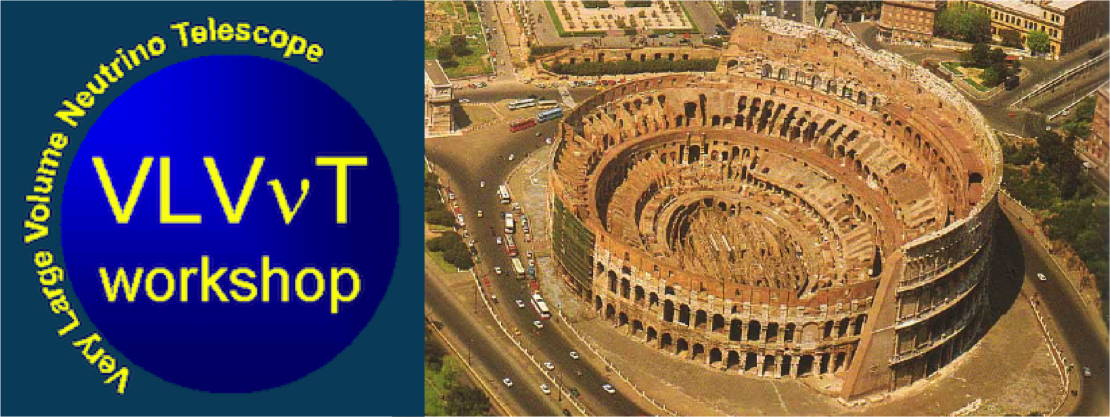Speaker
Prof.
Albrecht KARLE
(Univ. of Wisconsin-Madison)
Description
The observation of cosmic neutrinos can offer insights into the sources of
highest energy cosmic rays and energetic process that are involved to generate them.
IceCube has reported neutrinos with energies beyond 10$^{15}$ eV.
Much larger detection volumes are needed to fully explore the energy region
beyond 10 or 100 PeV.
The Askaryan Radio Array (ARA) is designed to use the Askaryan effect, the emission of radio waves from neutrino-induced cascades in the South Pole ice, to detect neutrino interactions at very high energies.
Currently 3 ARA stations are deployed in the ice of which two have been taking data since the beginning of the year 2013. In this talk I will describe calibration strategies and data reduction to distinguish the rare radio signals from backgrounds.
Using data from only two stations over a short exposure time of 10 months, a neutrino flux limit of
3⋅10$^{-6}$GeV/(cm2 s sr) is obtained at an energy of 10$^{18}$eV, which offers promise for the full ARA detector.
Author
Prof.
Albrecht KARLE
(Univ. of Wisconsin-Madison)
